Logo Design Basics That Designers Must Follow

Source: Lucas Fields, New Dribbble Masthead, Dribbble, https://dribbble.com/shots/19119985-New-Dribbble-Masthead
In the dynamic field of graphic design, mastering the fundamentals of logo creation is essential for any designer aiming to craft memorable and effective brand symbols. Logo design basics is more than just an understanding of good aesthetics; it’s about developing a visual identity that communicates the essence of a brand at a glance. This process combines creativity with strategy, requiring designers to balance innovation with functional pragmatism.
As the cornerstone of brand identity, a logo encapsulates a company's core values and message in a simple, yet profound visual format. This introduction to logo design basics will guide designers through key principles that ensure their creations are not only visually appealing but also resonate deeply with the target audience. By adhering to these foundational guidelines, designers can elevate their work from merely good to truly iconic.
Whether you are a novice hoping to break into the industry or a seasoned professional looking to refine your craft, understanding these basics is crucial in developing logos that stand the test of time and enhance brand perception.
Understand the Brand
Delving into the brand’s core identity is a critical first step in the logo design process and a cornerstone among logo design basics. A designer must immerse themselves in the brand’s mission, values, and goals to create a logo that truly represents its ethos. This understanding begins with comprehensive research—studying the brand’s history, its market positioning, and its audience. Designers should engage with the brand’s stakeholders through interviews or questionnaires to grasp the nuances of what the brand stands for and aspires to become.
The insights gathered provide a foundation for a logo that not only attracts attention but also communicates the brand's message effectively. Every element of the logo, from its colors to its shapes, should be a direct reflection of the brand’s personality, ensuring that the logo reinforces the brand's presence in its specific market. This alignment helps in building a strong, recognizable brand that resonates with its intended audience, fostering a connection that goes beyond the visual, touching the very essence of the brand itself.
Keep It Simple
Simplicity is the soul of effective logo design, an essential principle within logo design basics. A simple logo is not only memorable but also extremely versatile, adapting effortlessly across different media and applications. The goal is to strip down the design to its fundamental components without losing its essence. This involves focusing on essential features and eliminating any superfluous elements that could detract from the logo’s core message.
The power of a simple logo lies in its ability to be easily recognized and recalled by the audience. It avoids complexity that can cloud the viewer's understanding and interpretation, making the brand instantly identifiable with just a quick glance. This clarity is crucial in today’s fast-paced world where a logo often has just a moment to make an impact. Moreover, a simple design ensures that the logo remains effective and legible whether it is displayed on a giant billboard or as a small icon on a smartphone screen. In the art of logo design, less is often more, and simplicity ensures longevity and adaptability in an ever-evolving market landscape.
Be Original
Originality is a cornerstone in the foundation of logo design basics, pivotal for setting a brand apart from its competition. In the realm of logo design, being original means more than just avoiding imitation. It involves a creative interpretation of the brand's unique attributes into a distinctive visual form that captures its essence uniquely and memorably. This challenge requires designers to think beyond conventional design patterns and clichés to explore innovative concepts and fresh perspectives.
An original logo serves as the brand's signature, an unmistakable mark that increases its visibility and aids in creating a lasting impression on the consumer's mind. It reflects the brand's innovation and creativity, making a strong statement in a crowded marketplace. To achieve this, designers must use their creative skills to synthesize the brand’s core values into something that is not only visually appealing but also rich in meaning.
Developing an original logo often involves experimenting with different design techniques, playing with symbolism, and sometimes breaking the rules of traditional design to forge something truly unique. However, it is crucial to balance creativity with simplicity and functionality, ensuring that the logo remains practical and effective across various applications. By fostering originality, designers not only enhance the brand's market position but also contribute to building its legacy.

Source: MD AL AMIN, O Logo Orbitals, Dribbble, https://dribbble.com/shots/19272262-O-Logo-Orbitals
Use Colors Strategically
Color is a powerful tool in logo design basics, playing a crucial role in conveying emotions and messages without words. Strategic use of color can significantly enhance a logo’s effectiveness by invoking the right psychological response and reinforcing brand identity. Understanding color psychology and its impact on brand perception is essential for any designer.
Each color has specific connotations and can trigger different feelings and actions. For example, blue often represents professionalism, security, and trustworthiness, making it a popular choice for financial institutions. Red, known for its energy and passion, is frequently used by brands that want to appear bold and exciting. Choosing the right color scheme involves not only aesthetic considerations but also strategic alignment with the brand’s values and the emotions they wish to evoke.
Furthermore, it’s important to ensure that the colors used in a logo maintain their integrity across various mediums and printing processes. This includes testing the colors in digital and print formats to ensure consistency and visibility. Designers must also consider the cultural meanings of colors, as these can vary significantly around the world and impact the brand’s global appeal.
Consider Typography
Typography is a critical element in logo design basics, significantly impacting a logo's readability and brand perception. The choice of typeface should reflect the brand's personality while ensuring that it is legible in various sizes and formats. A well-chosen font can convey strength, elegance, fun, or innovation, depending on the brand’s core message.
Designers should consider using custom or modified fonts to avoid common and overused typefaces, which helps in establishing a unique brand identity. It's important to balance aesthetic appeal with functionality; the typeface should not only look attractive but also be clear and easy to read at a glance. This is crucial for logos that will appear on small screens or in large formats.
The alignment of type within the logo, whether it is integrated with an icon or stands alone, should enhance the overall design without overpowering other elements. Attention should be paid to kerning, spacing, and scale to ensure that the typography complements the logo’s other visual elements harmoniously.
Make It Timeless
Creating a timeless logo is an essential goal covered under logo design basics, ensuring that the design remains effective and relevant across different eras without frequent redesigns. A timeless logo transcends current trends and maintains its impact and functionality over many years.
To achieve timelessness, focus on simplicity and classic design principles. Avoid overly trendy elements that may become dated quickly. Instead, opt for clean, well-balanced designs that express the brand’s essence without depending on the whims of fashion.
The key is to embody the brand's core values and ethos in a straightforward and concise manner. This involves deep understanding and creative synthesis of the brand's identity into a visual symbol that is not only unique but also enduring. Designers should strive to create a logo that will look as good in twenty years as it does today.
Timeless logos often use minimal color palettes and uncomplicated forms that are easy to recognize and remember. These logos adapt well to various applications, whether digital, print, or physical merchandise, ensuring brand consistency throughout its representations.
Ensure Scalability
Scalability is a fundamental concept in logo design basics, emphasizing the need for logos to maintain their effectiveness and clarity at any size. A scalable logo performs equally well whether it's on a tiny mobile app icon or a massive billboard. This requires meticulous design considerations to ensure that every element of the logo is legible and impactful when scaled up or down.
Designers must avoid overly complex details that can become lost or muddled at smaller sizes. Instead, focus on bold, clean lines and shapes that are visible from a distance and on small screens. Testing the logo's scalability by repeatedly resizing it can help identify any elements that do not adapt well to size changes.
Additionally, the logo must be functional in various formats and contexts, from digital media to print and beyond. Ensuring the logo can be adapted for different backgrounds, textures, and materials without losing its identity is crucial for effective branding.

Source: VASK Studio, Harone Brand Identity, Dribbble, https://dribbble.com/shots/17434261-Harone-Brand-Identity
Prioritize Versatility
Versatility is another cornerstone of logo design basics, ensuring that a logo can be used in a wide array of applications without losing its essence. A versatile logo is adaptable, fitting seamlessly into different marketing materials, environments, and alongside other design elements.
To create a versatile logo, designers should consider multiple usage scenarios during the design process. This includes visualizing the logo in various contexts, such as digital and print formats, merchandise, large displays, and even unconventional media like embroidery on fabrics.
The logo should be designed in a way that it can be easily adjusted for vertical, horizontal, or square spaces, accommodating different layout needs without compromising its design integrity. It's also important to create a logo that works well in full color as well as black and white, ensuring functionality across all mediums, especially important for documentation and budget-friendly marketing materials.
Emphasize Readability
Readability is paramount in the fundamentals of logo design basics, ensuring that a logo communicates clearly with its audience. A logo must be easily interpretable at a glance, with every element designed to be legible across various applications and sizes. This involves choosing typefaces that are clear and easy to read, and designing custom lettering that maintains clarity even when scaled down.
Designers should avoid using overly elaborate fonts or complex graphical elements that might clutter the logo and obscure its message. Instead, opt for simplicity and sufficient spacing between elements to enhance overall readability. This simplicity ensures that the logo remains effective and recognizable, even when viewed from a distance or in passing.
The choice of colors also plays a crucial role in readability. High contrast between the logo and its background can improve visibility, especially in less-than-ideal lighting conditions or when viewed on small screens. Ensuring that the logo is versatile in both color and monochrome formats enhances its usability across diverse platforms.
Test Across Different Backgrounds
Testing logos across different backgrounds is an essential practice covered under logo design basics. This ensures that the logo maintains its integrity and visibility regardless of where and how it is displayed. A logo must stand out clearly whether it is placed on light, dark, patterned, or colored backgrounds.
During the design process, it's important to visualize how the logo will look in various real-world applications. This might include digital displays, printed materials, corporate merchandise, and advertising. Testing involves adjusting the logo’s colors and boundaries to ensure it remains prominent and legible in all possible environments.
Designers should also consider the potential of altering elements like borders or negative space to accommodate different background scenarios. Creating multiple logo variants, such as a primary logo and secondary simplified versions, can address visibility challenges while maintaining brand consistency.
Furthermore, the use of drop shadows or outlines can enhance legibility on complex or similarly colored backgrounds. However, these modifications should be used judiciously to keep the logo's design clean and aligned with the brand's aesthetic values.
Conclusion
Mastering logo design basics is crucial for creating logos that are not only visually appealing but also functionally robust across various applications. By focusing on core principles such as simplicity, originality, versatility, and readability, designers can craft logos that stand the test of time and enhance brand identity. Each element, from typography to color choice, plays a strategic role in the logo's overall effectiveness. Designers are encouraged to continually hone their skills and apply these fundamental guidelines to develop logos that effectively communicate the essence of the brand, ensuring it resonates with the intended audience and maintains its impact in the competitive market.
Let Us Know What You Think!
Every information you read here are written and curated by Kreafolk's team, carefully pieced together with our creative community in mind. Did you enjoy our contents? Leave a comment below and share your thoughts. Cheers to more creative articles and inspirations!



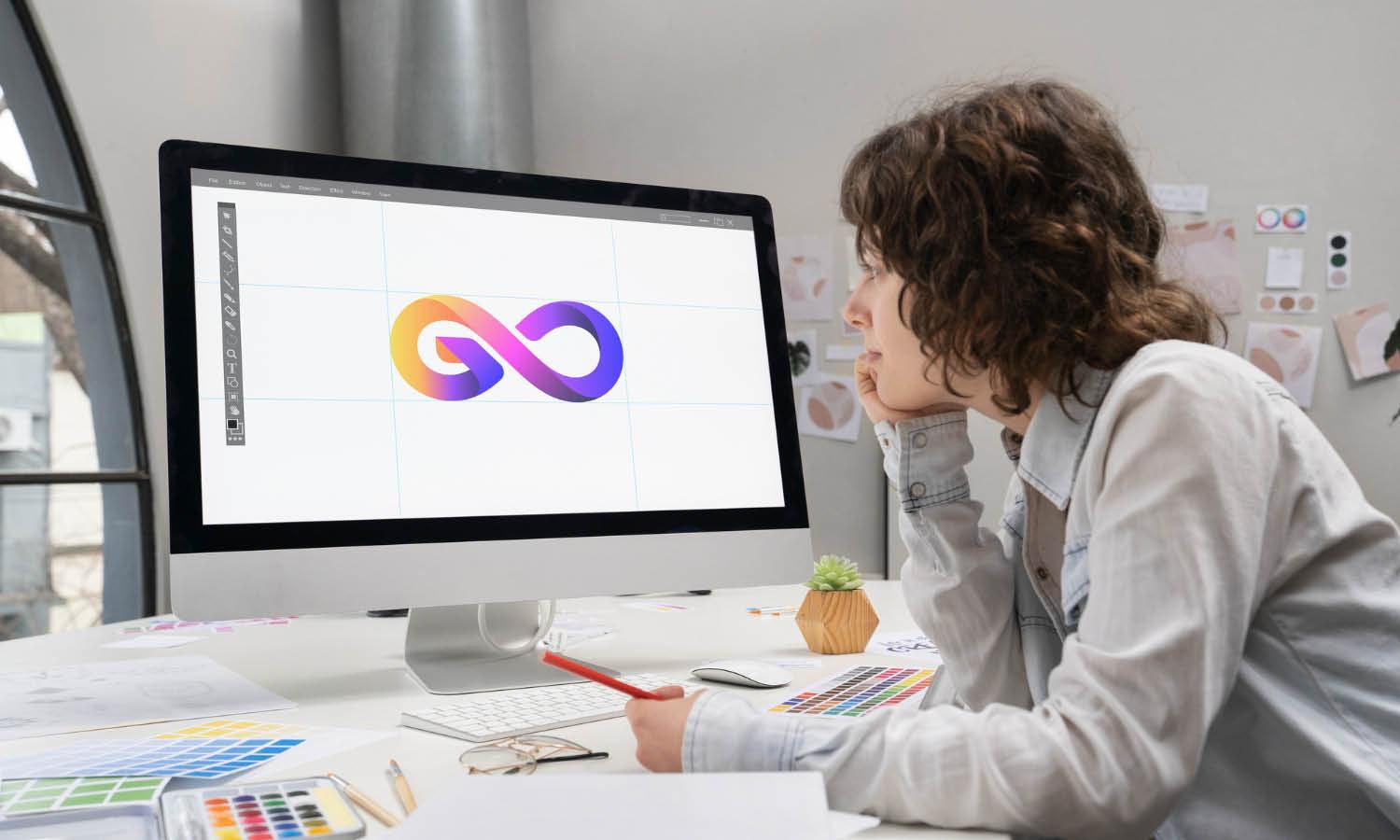
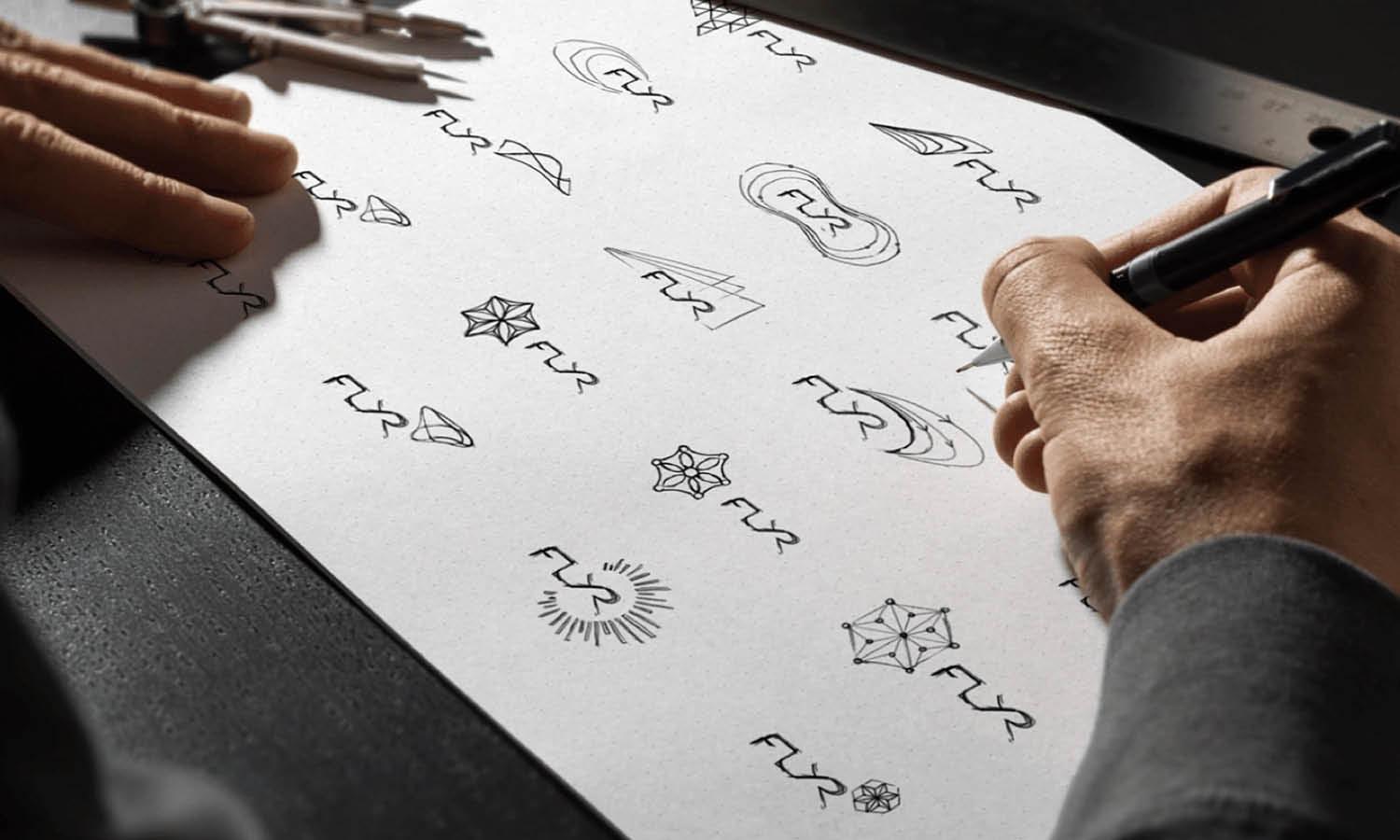
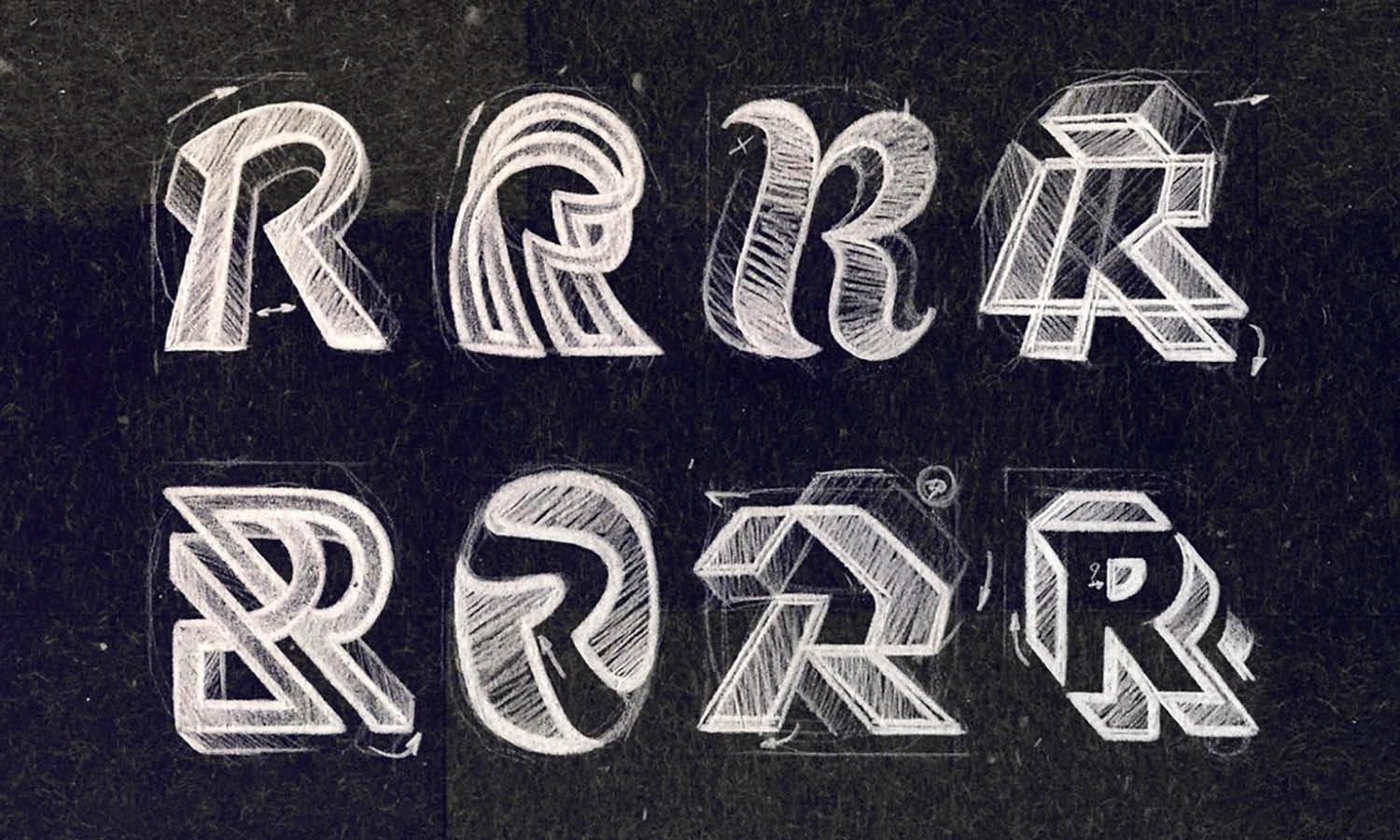
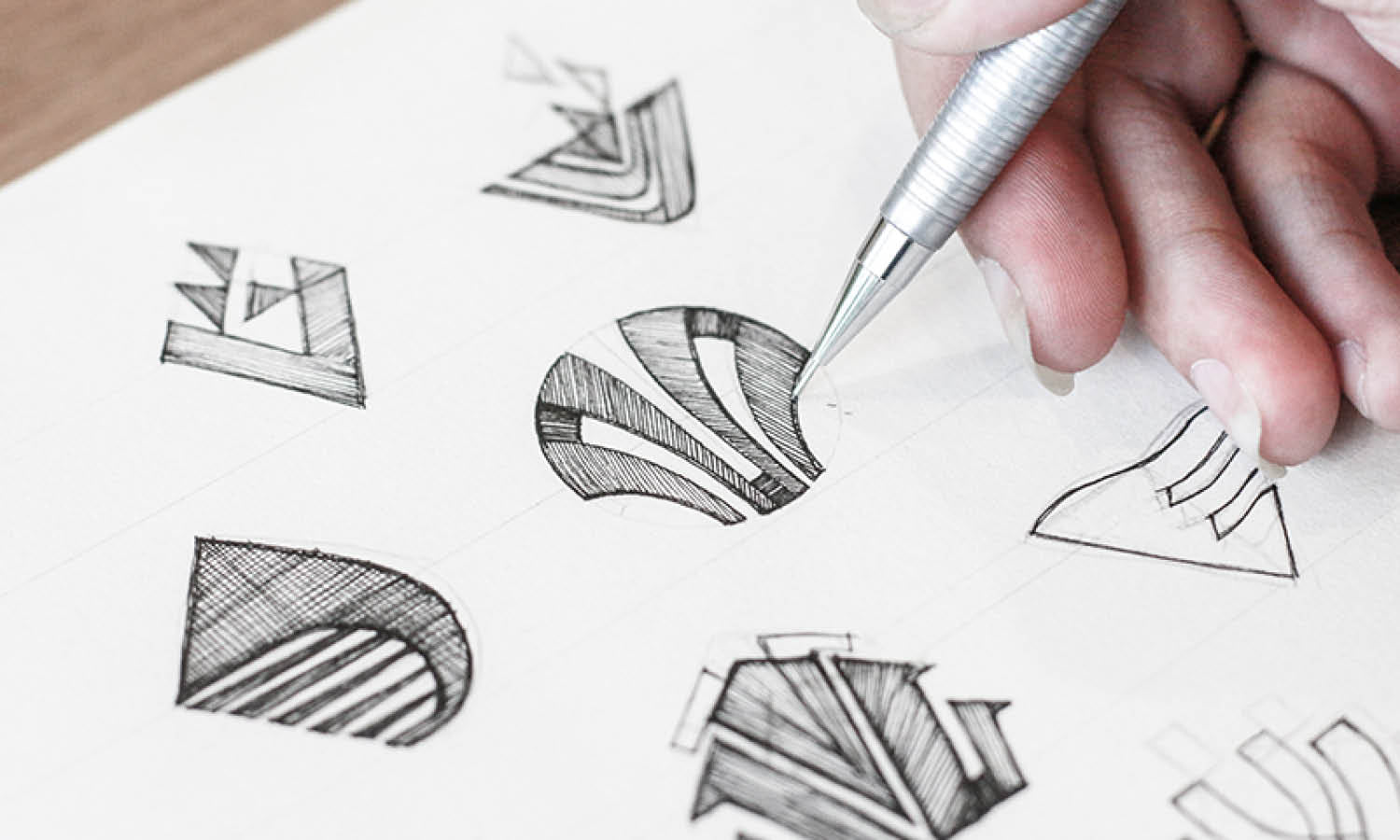
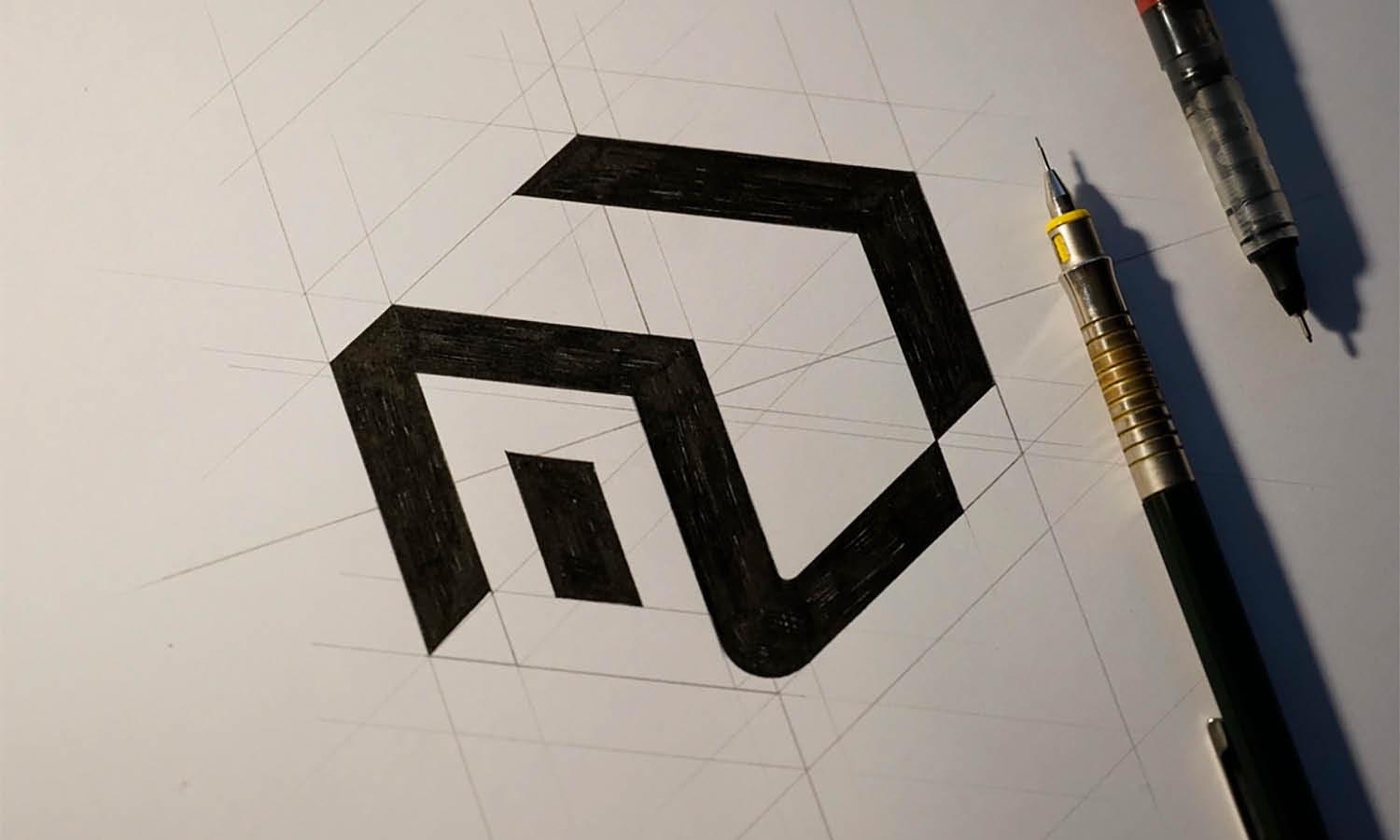








Leave a Comment